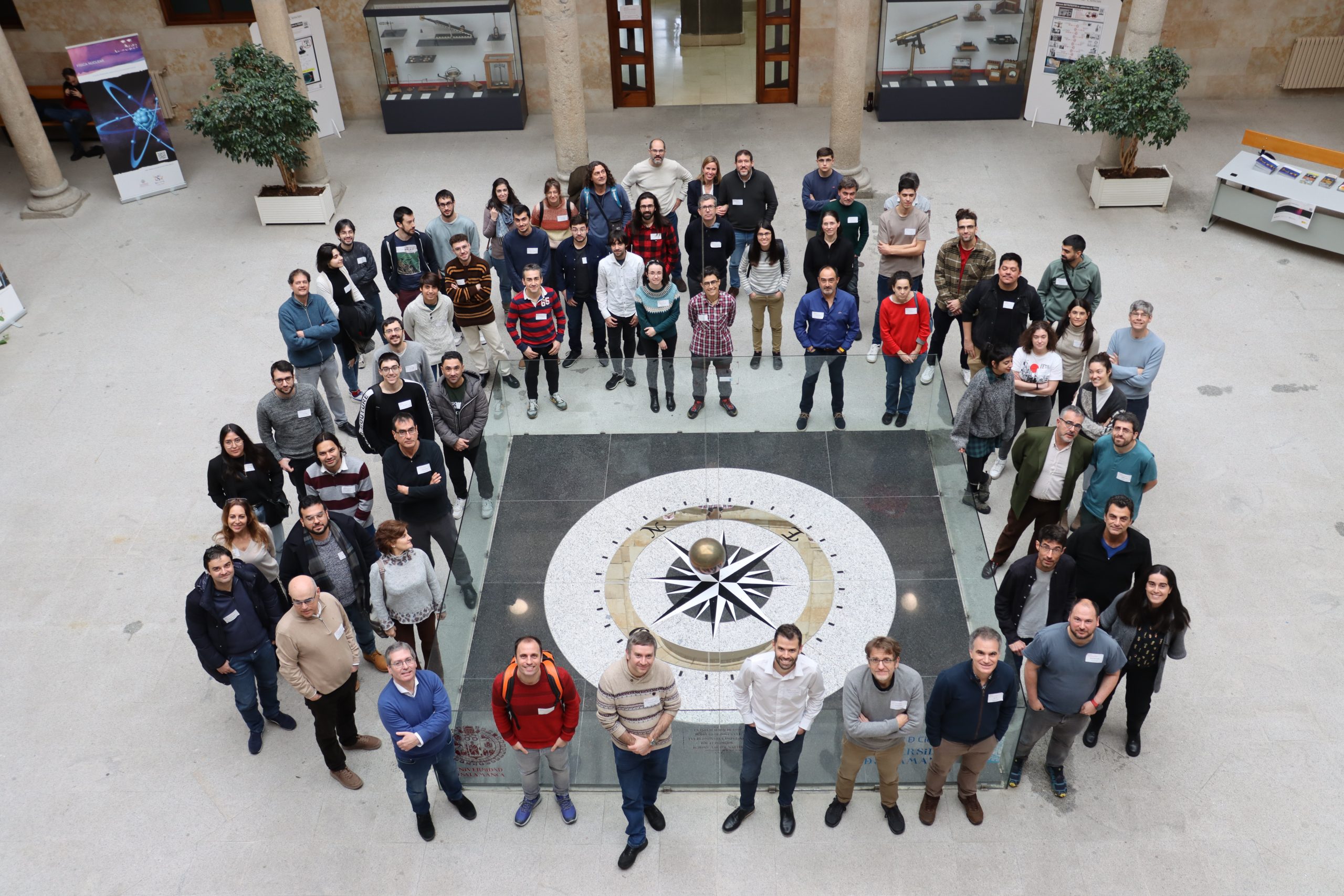From July 19 to 24, the Laser Applications and Photonics Group hosted the visit of Dr. ZhenSheng Tao, a researcher from the State Key Laboratory of Surface Physics and the Key Laboratory of Micro and Nano Photonic Structures (MOE) at Fudan University in Shanghai (P.R. China). The visit provided an excellent opportunity for academic exchange and strengthening collaborations in the field of advanced photonics.
During the visit, Dr. Tao delivered a lecture titled “Solid-state High-order Sideband Spectroscopy and Microscopy”, where he presented his latest research on the ultrafast manipulation of electronic states in quantum materials. This field is crucial for quantum state engineering and ultrafast optical modulation. In his talk, he highlighted how strong-field driven materials can exhibit fascinating properties, such as the modification of topological states, modulation of optical properties, and band structure engineering.
Despite the potential of these properties, experimental techniques to study strong-field dressed quantum states are limited. In response to this challenge, Dr. Tao introduced high-order sideband spectroscopy and microscopy techniques, developed by his team, which enable energy-, time-, and space-resolved measurements of these quantum states. Among the key achievements, he presented the first measurement of the dephasing rates of strong-field dressed exciton states, identifying exciton dissociation as the primary dephasing mechanism. Furthermore, his team achieved the first 3D tomographic imaging of a mid-infrared anapole resonant field in a micrometer-thick silicon resonator.
These advancements highlight the potential of high-order sideband spectroscopy and microscopy as powerful tools for studying the ultrafast manipulation of quantum materials.
The lecture sparked a fruitful exchange of ideas with members of the group, who discussed potential applications and future collaborations in related areas, such as the characterization of materials at the nanoscale using advanced laser techniques. The visit also included a tour of the experimental facilities of the Laser Applications and Photonics Group, where Dr. Tao was able to observe the techniques developed by the local team. This allowed for a valuable technical exchange that laid the foundation for potential collaborative projects in the future.
In summary, Dr. ZhenSheng Tao’s visit was highly enriching, providing new perspectives on solid-state spectroscopy and laying the groundwork for future collaborations. Dr. Tao’s expertise and innovative approach were a great source of inspiration for the group, opening new horizons in the study of photonics and quantum science.















